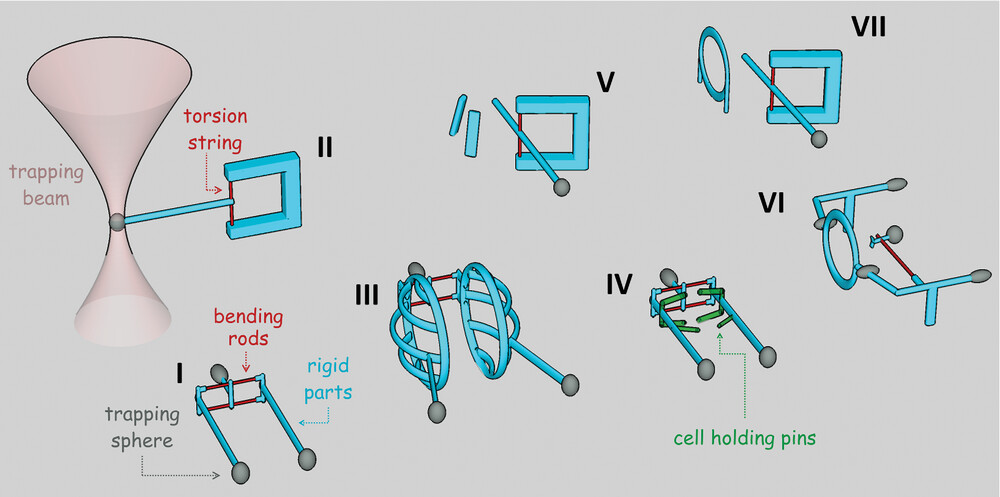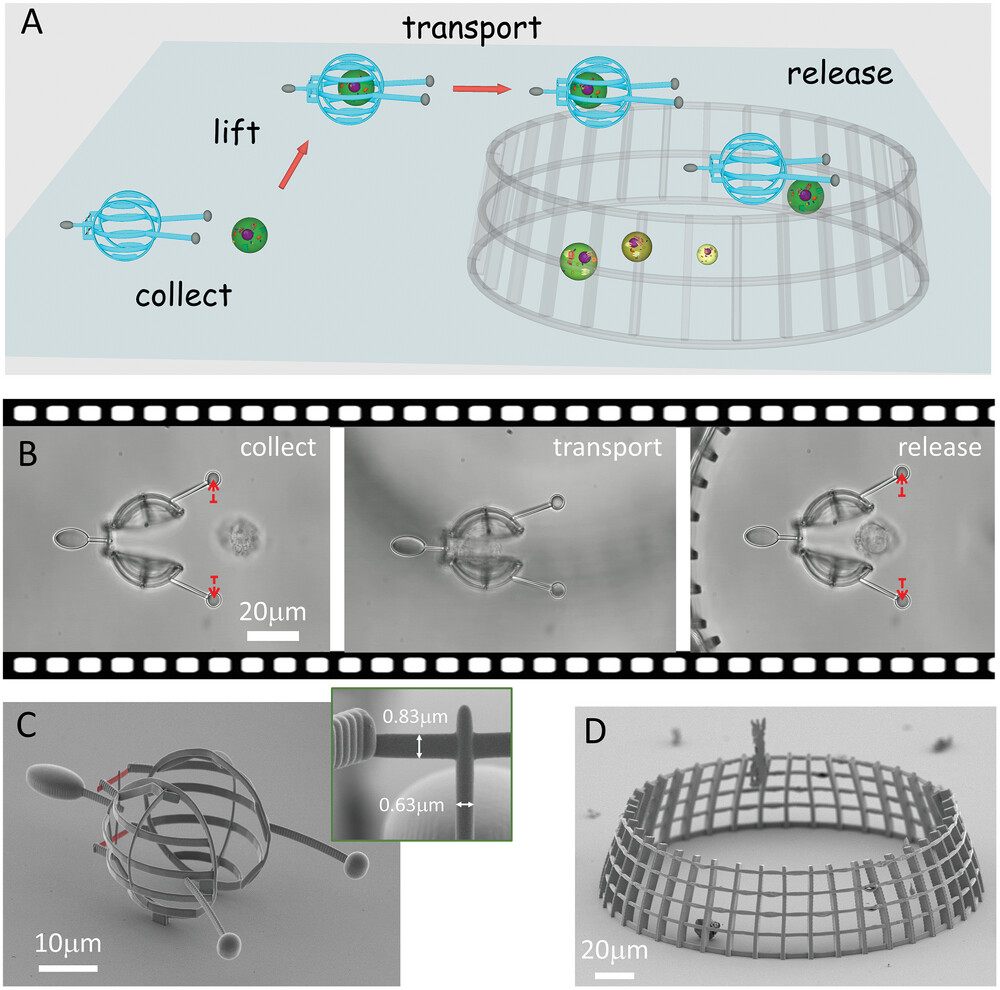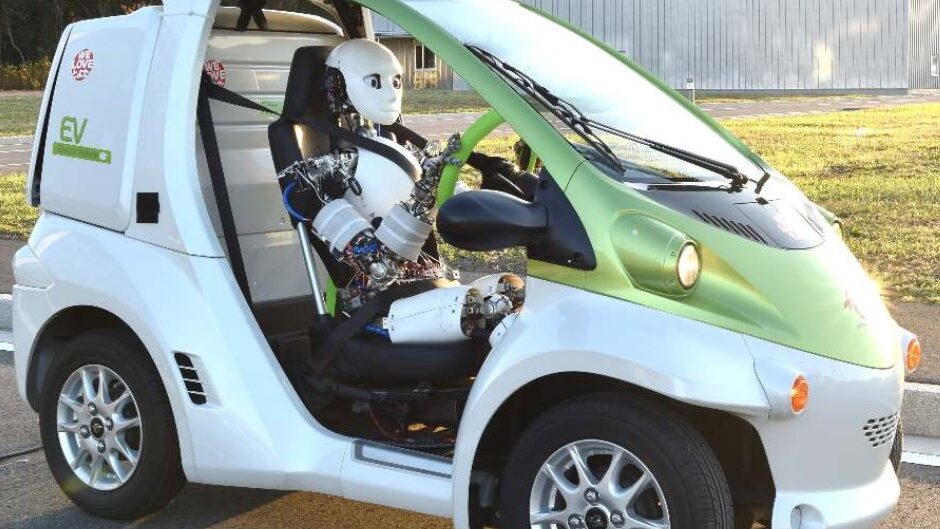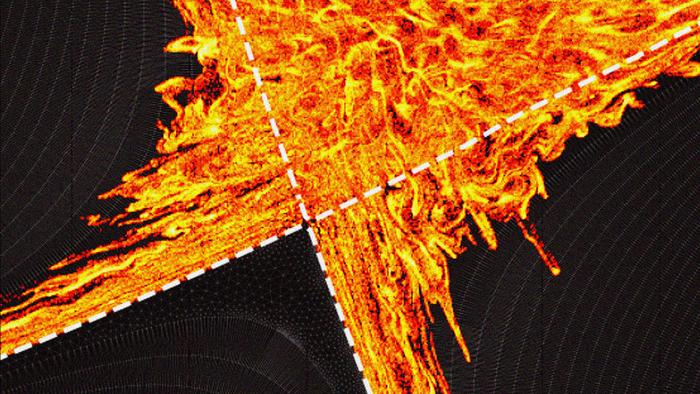Researchers at the Szeged Institute of Biophysics, Hungary, have developed a novel family of soft microrobots for precise single-cell manipulation using elastic nanorods and laser tweezers.
From Superinnovators 20/06/24.
Single-cell manipulation is an essential part of advanced biological and medical research, especially in single-cell genetics, proteomics (studying proteins), or morphological (size, shape, structure etc.) classification.
The new micro-robotic approach devised by researchers overcomes the drawbacks of existing manipulation techniques.
These involve using laser/optical tweezers to move the cells during experiments, known as direct optical trapping, which can damage the cells.
Or biochemically bonding the cell to a microstructure and using optical tweezers on the microstructure.
But this can change the workings of the cell and prevent the cell from being released when desired.
This is known as indirect optical trapping, with both methods producing minuscule femoNewton range forces on the cell or microstructure.

The new microbots bypass these constraints by incorporating deformable elastic components, actuated by optical tweezers, which can secure the cell, move it, and release it.
The researchers used bending rods and torsion string components across the family of microbots to apply tiny manipulating forces to the cell (picoNewton range).
The study showcases three primary applications: cell collection and transport, 3D cell imaging, and controlled cell-cell interaction.

The cell transporter microrobot, which looks a bit like Pacman, can enclose, move and release single cells in three dimensions within a microfluidic environment without applying significant force.
The cell tweezer bot ensures stable and precise periodic rotation for high-resolution 3D cell imaging.
And the cell-cell interaction bots allow for controlled spatial and temporal interaction between cells.

To move the microrobots from A to B in 3D space within the sample, the researchers fix the bot to a location with optical tweezers and move the stage or base of the microscope holding the sample.
The researchers built the microbots using high-resolution 3D lithography, a printing technique that layers light-activated resin polymer, solidified with a laser beam, to fabricate tiny structures.
The intricate and precise features produced can be as small as 100 nanometres.

This work cleverly combines high-resolution 3D lithography, soft micro-robotics and optical manipulation techniques to advance cell manipulation for biological and medical research.
The results were published in the Advanced Materials journal last month.
More info
https://onlinelibrary.wiley.com/doi/10.1002/adma.202401115












